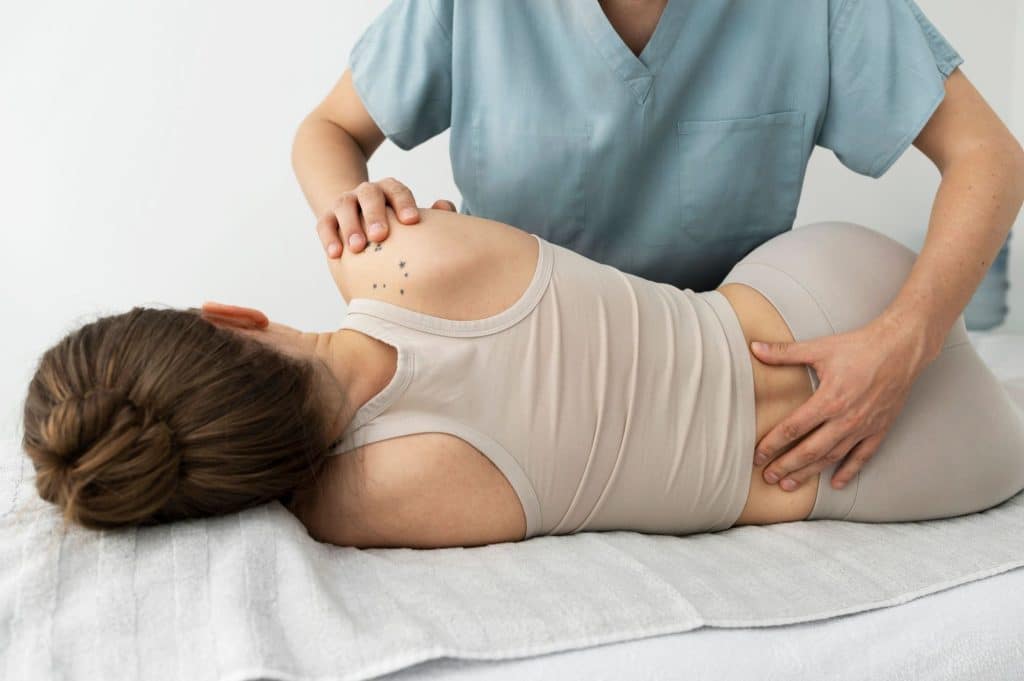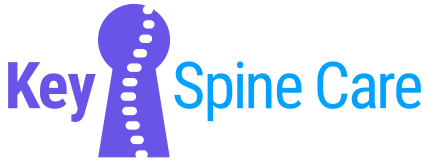PEACE & LOVE treat injuries
If/when a musculoskeletal injury occurs, remember the acronym: PEACE & LOVE instead of the outdated RICE.

By Dr. Alexander Elahi
You probably have heard the acronym “RICE” when dealing with a musculoskeletal (MSK) injury before. However, we now know that RICE, no matter how well-intentioned, can do more harm than good. A 2019 study published in the British Journal of Sports Medicine1 however has found that depending on how recently the MSK injury occurred, you do better with either PEACE or LOVE.
In the first 1-3 days after a MSK injury - PEACE2
P = Protect
- Unload movement for 1-3 days
- Minimize rest
- Let pain guide the amount of load and removal of protection
E = Elevate
- Elevate the injured limb higher than your heart
A = Avoid anti-inflammatory modalities
- Anti-inflammatories can NEGATIVELY affect long-term healing
- AVOID ICE
- Use is mostly analgesic
- Very little evidence for its use in MSK injuries
- Its use can impair tissue regeneration!
C = Compress
- Compression (e.g. taping or bandages) may limit edema and tissue hemorrhage but needs to still allow for FULL range of motion at the injured joint
E = Educate
- Passive approaches (e.g. electrotherapy, manual therapy, or acupuncture) have minimal effects on pain and function compared to active approach
- This is why your home exercises are so important!
After the first few days have passed - LOVE3
L = Load
- MSK injuries need movement
- “Motion is lotion”
- Resume normal activities as soon as symptoms allow
- Optimal load:
- Promotes healing
- Builds capacity of soft tissue
- NO INCREASED PAIN! If pain increases with a given load, you will not get the above benefits and should reduce the load.
O = Optimism
- Your brain is very important in rehab
- Psychological factors that impede recovery include:
- Catastrophization
- Depression
- Fear
- Pessimism
- Psychological factors that help recovery include:
- Optimism
- Setting realistic goals
V = Vascularization
- MSK injuries require cardiovascular (aka aerobic or “cardio”) exercise!
- The exact amount of cardio is not known but we do know that cardio increases blood flow to injured structures
- Benefits of cardio for people with MSK injuries include:
- Improved function
- Improved work status
- Reduced pain medication need
E = Exercise
- Benefits of exercise include:
- Improved mobility
- Increased strength
- Increased body awareness (especially in the early stages after an injury)
- Monitor pain levels to promote optimal healing
- Use pain as a guide to progress exercises gradually
- “No pain no gain” is NOT a healthy rehab approach
Active adults unfortunately are at risk for MSK injuries; this risk for MSK injuries does NOT outweigh the benefit of regular activity. If/when an MSK injury occurs, remember the above acronym: PEACE & LOVE instead of the outdated RICE. When in doubt, if anything does not feel right with your body, contact our office to schedule an appointment with Dr. Elahi to find and treat the root cause of your discomfort!
